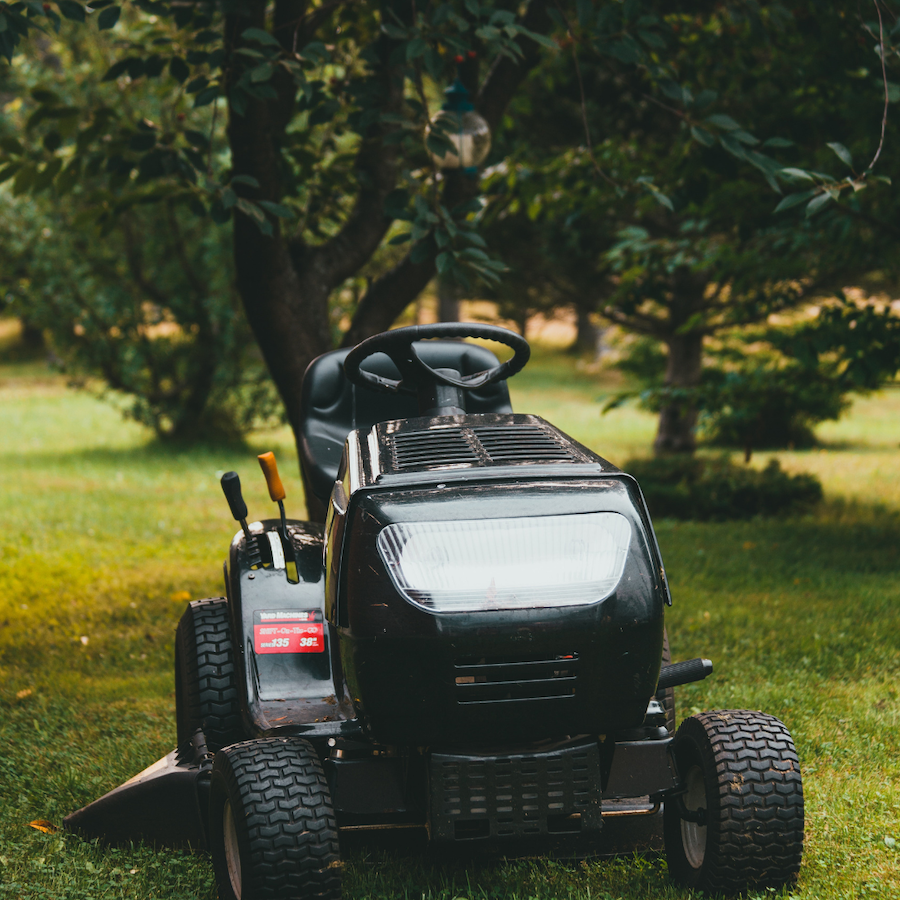Everything to Know to Aerate a Lawn
Have the Gold Star Lawn on the Block
A little loving care is necessary to maintain a healthy, beautiful lawn. When you aerate a lawn annually your lawn benefits greatly, and with the right tools and information it is an easy process.
Why is it Important to Aerate a Lawn?
Compacted soil makes it difficult for water, oxygen, and other nutrients to reach the roots of your grass. Before you know it, you have patchy spots, discoloration, and weeds. Loosening the compacted soil will allow nutrients to reach your grass and set you up for a healthy, beautiful lawn. Aerating also allows roots to grow deeper and stronger. A rule of thumb is to check the depth of your roots. If they are less than two inches beneath the soil, your lawn could benefit from aerating.
This is also a good time to test your soil. Tests are looking for levels of nitrogen, phosphorus, and potassium, which comes down to the pH of your soil. Test should be done every 3 to 5 years, usually, the fall is the better time, as it will allow you to make adjustments before spring.
When Should You Aerate a Lawn?
This depends on your region and the type of grass in your lawn. For grasses that grow in cooler weather, such as ryegrass, bluegrass, and fine or tall fescue, it is best to aerate in the spring or fall for maximum nutrient absorption. Warm-season grasses like Bermuda, Zoysia, and Buffalo should be aerated in late spring or summer. Regardless of your region or type of grass, wait at least a year after planting seed or sod to aerate. Aerating too soon can damage young roots.
Different Types of Aerators
Manual Aerators
Manual aerators are best for small patches of grass, as they require quite a bit of physical labor. Most manual aerators are spike aerators, which poke holes to loosen compacted soil.
- Aerator shoes attach to your regular shoes and you simply walk across the area you want to aerate. These are very economical and the least labor intensive of the manual aerators.
- Drum aerators are essentially rollers covered in spikes, which are pushed across the lawn with a long handle.
- Handheld aerators are available with both spikes and plug removers. With this tool, you use the handle to push the spikes or core removers down into the lawn.

Power Aerators
Power aerators are good for large lawns and avoiding the physically taxing work required with the manual tools. These powered appliances are mostly plug removers and are most effective for compacted soil.
- Self-propelled aerators are similar in design to self-propelled lawn mowers. They are operated in the same way and are powered by gas or battery.
- Pull-behind aerators attach to a riding lawn mower and are towed across the lawn. While these aerators are not powered themselves, they do require a riding lawn mower for operation.
Step by Step Guide to Aerate a Lawn
- If your grass is high, mow a couple of days before you plan to aerate a lawn. Rake away any leaves or dead grass and thoroughly water the lawn. Whether or not you decide to mow, make sure you water a couple of days before aerating and not the day of. Aerating when the ground is wet may cause damage to healthy roots.
- Time to aerate! If you prefer to use a manual aerator, it is best to do two passes going in different directions. Power and plug aerators usually just need one pass.
- Seed and fertilize the lawn or apply compost.
- Aeration is done! Now you can return to your normal mowing and watering schedule.
Tips to Aerate a Lawn
- Plug aerators are the most effective, especially for reseeding large lawns.
- Be sure to mark anything you don’t want to damage with the aerator, to include sprinklers, flower beds, and newly planted shrubs or trees.
- Test your aerator before doing a full pass. Make sure the appliance is creating enough of a hole or plug. This test may show the need to upgrade to a plug aerator or a heavier model to punch through sunbaked soil.
- When using a plug aerator, make sure the soil isn’t wet. The plugs may not be pulled if the soil is too wet.

